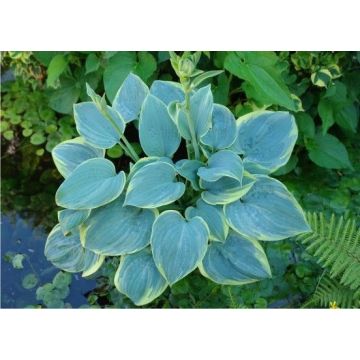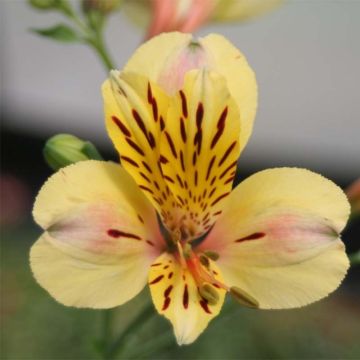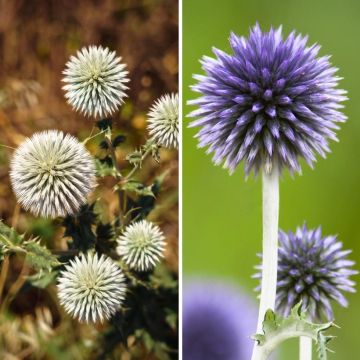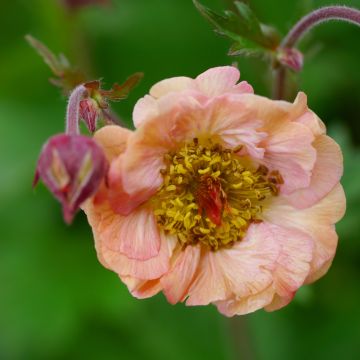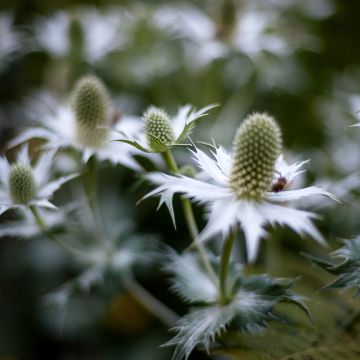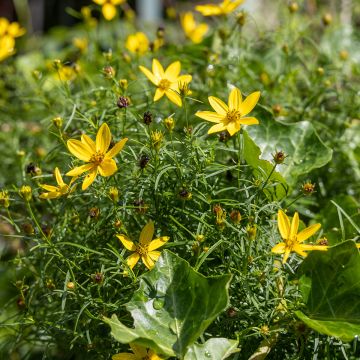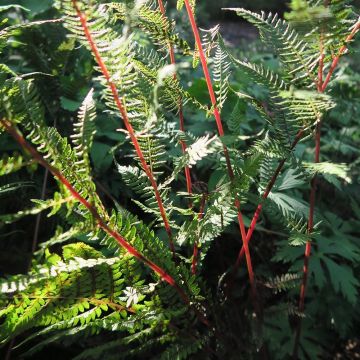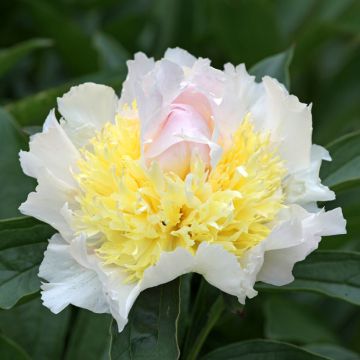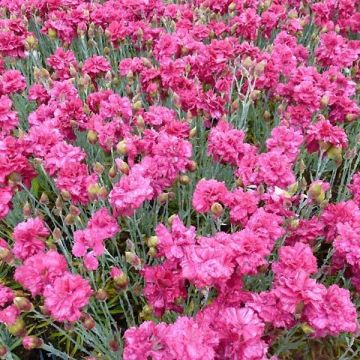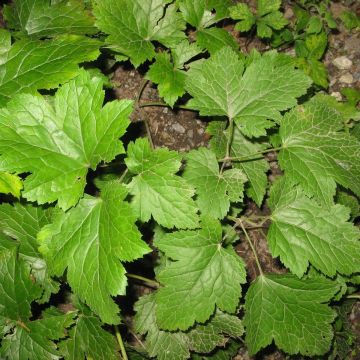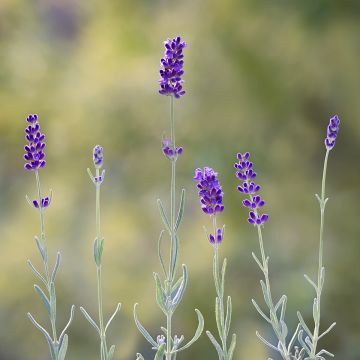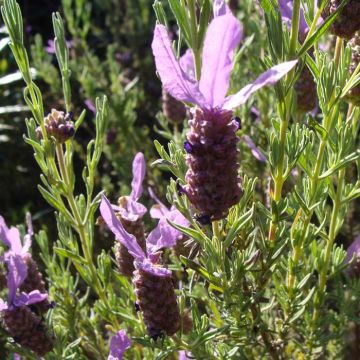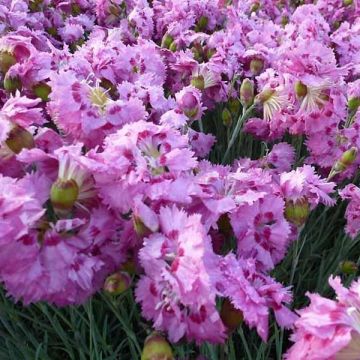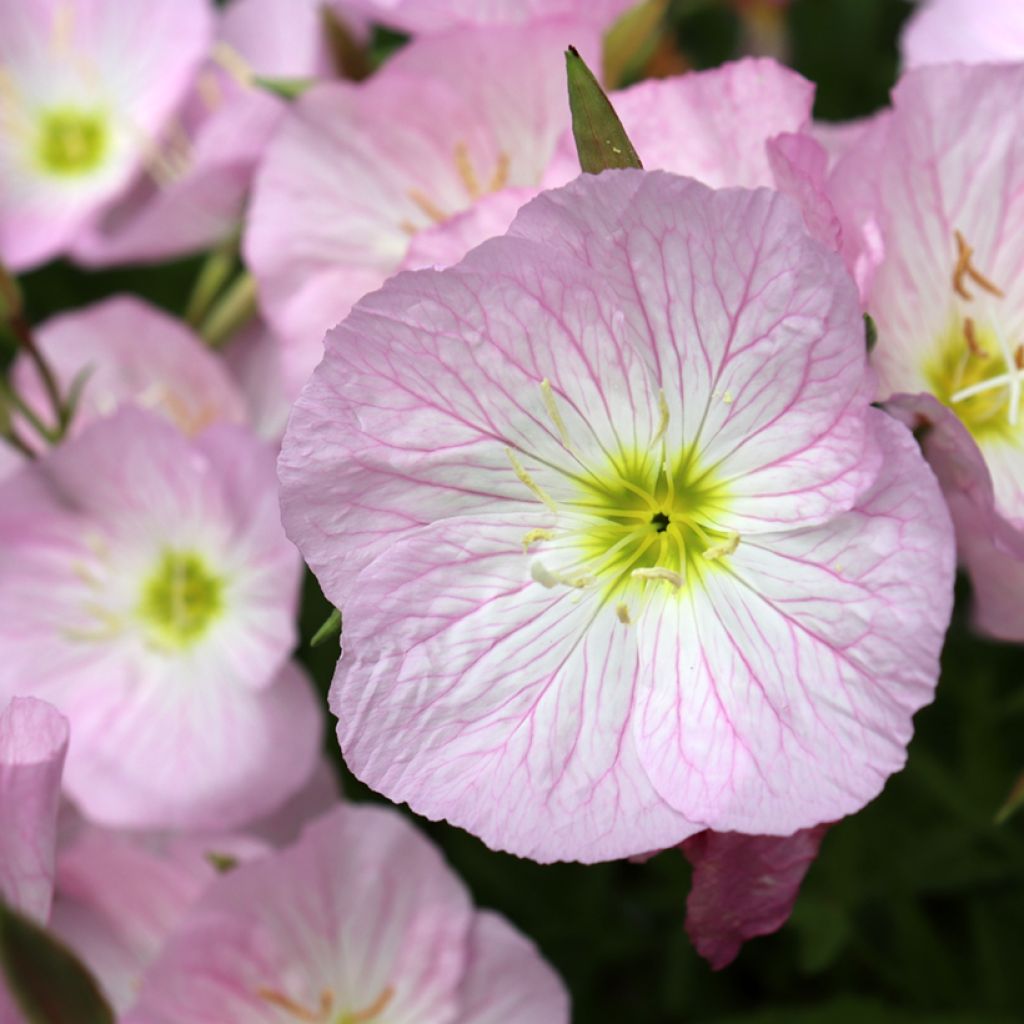

Oenothera speciosa Siskiyou - Evening Primrose
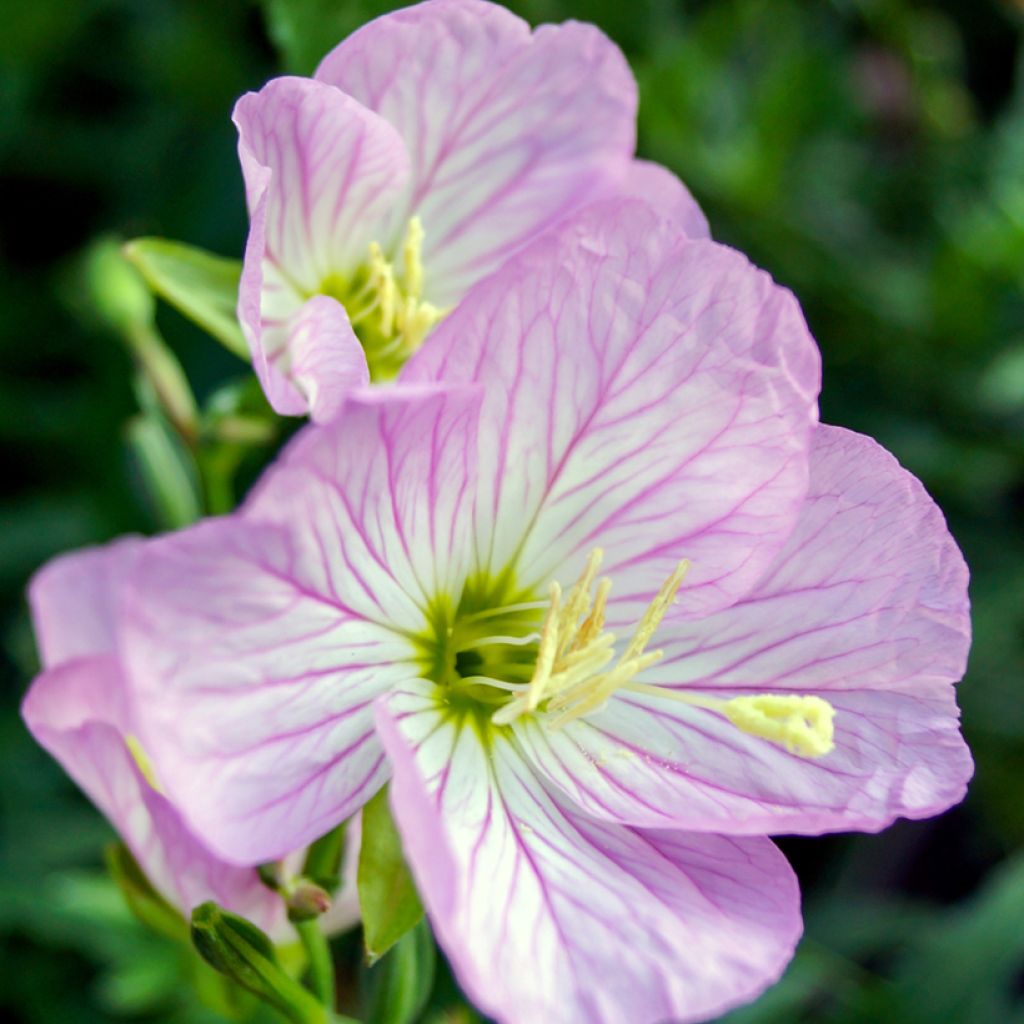

Oenothera speciosa Siskiyou - Evening Primrose
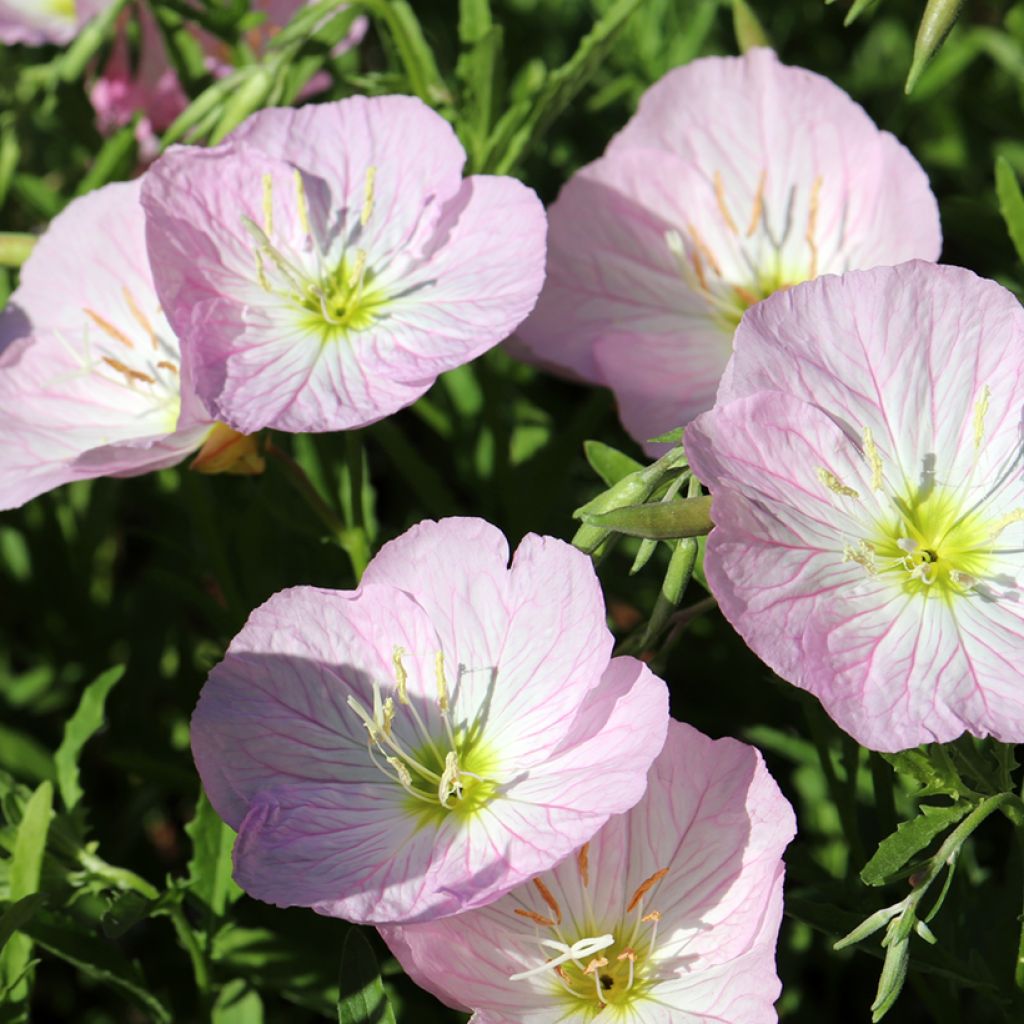

Oenothera speciosa Siskiyou - Evening Primrose
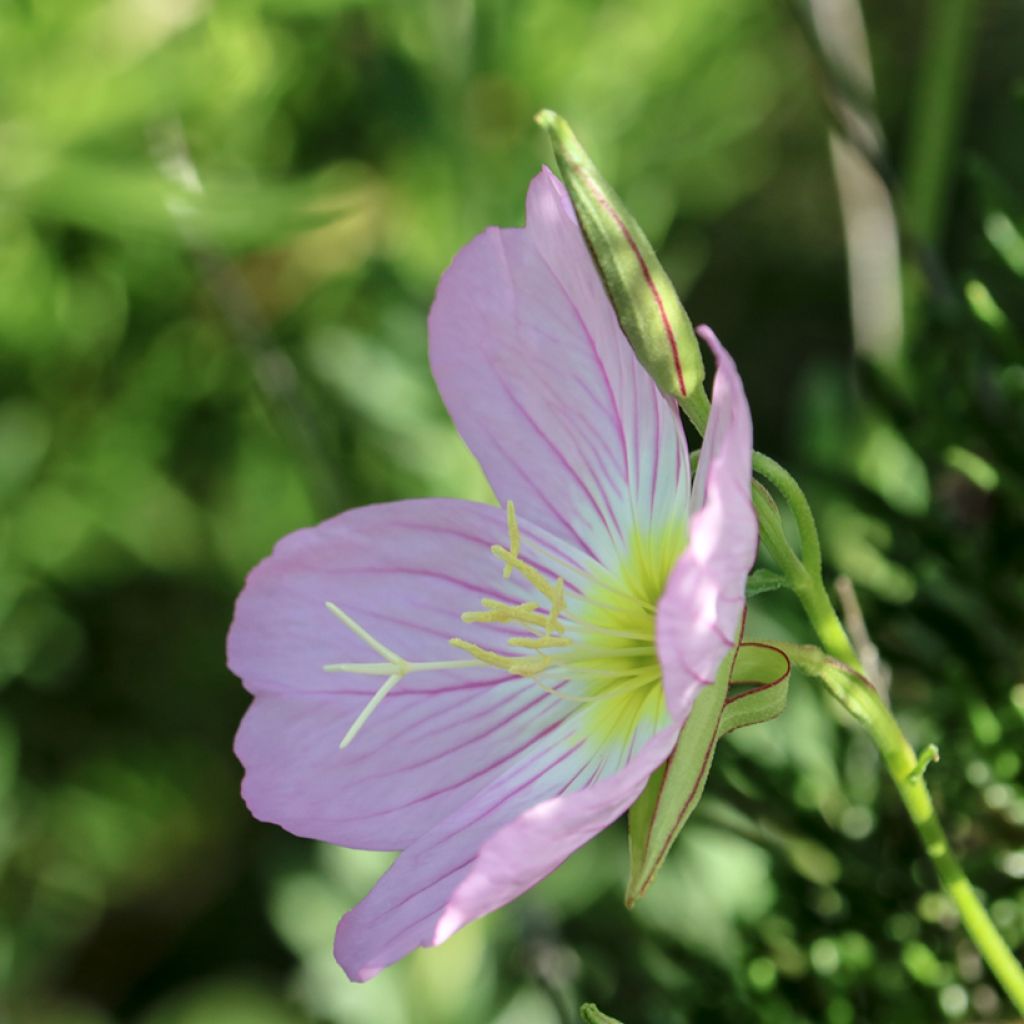

Oenothera speciosa Siskiyou - Evening Primrose
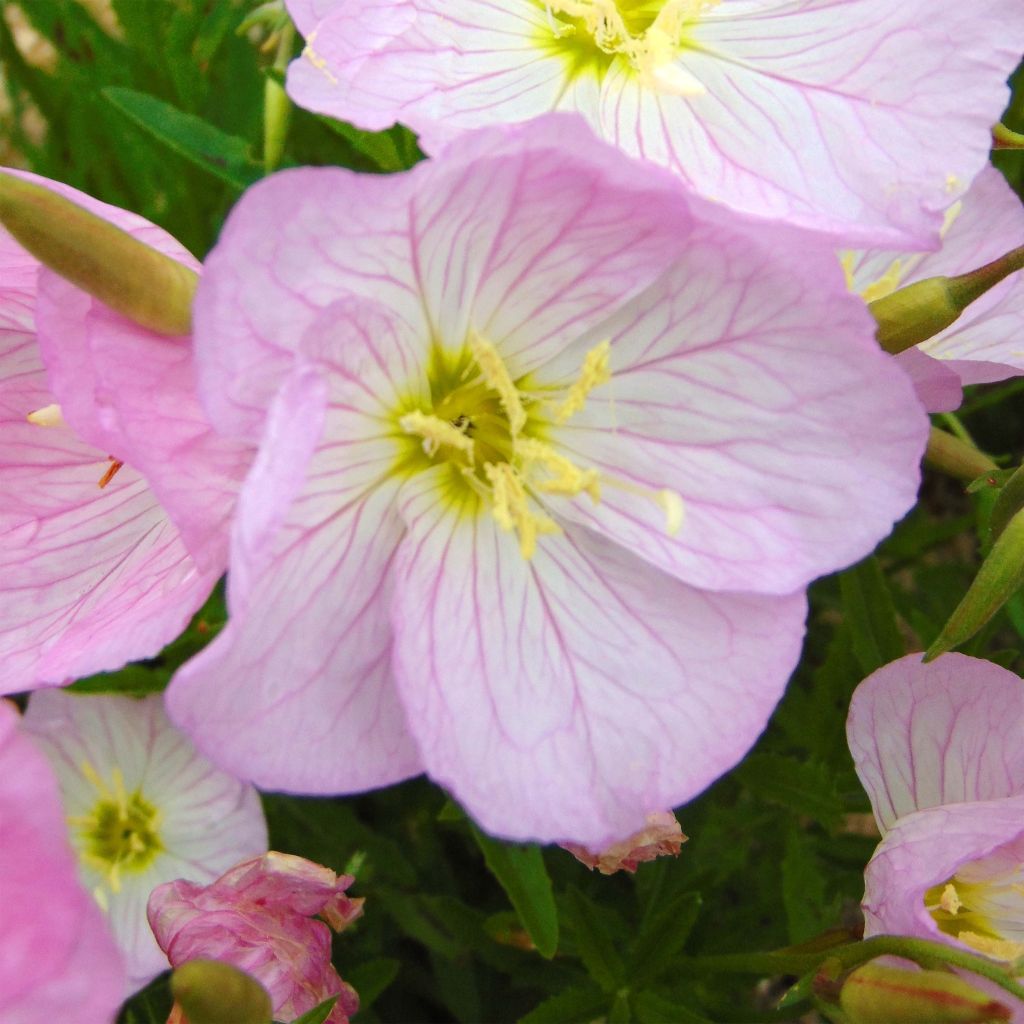

Oenothera speciosa Siskiyou - Evening Primrose
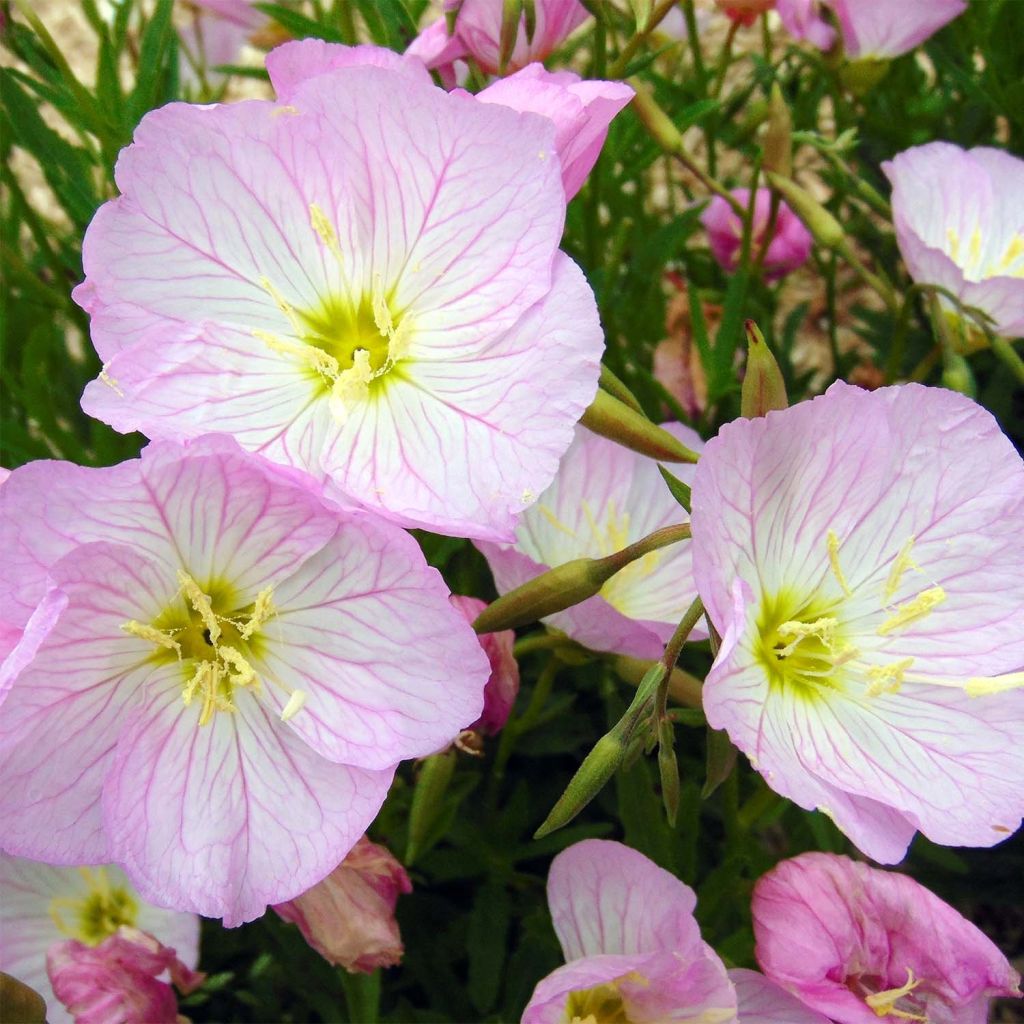

Oenothera speciosa Siskiyou - Evening Primrose
Oenothera speciosa Siskiyou - Evening Primrose
Oenothera speciosa Siskiyou
Pink evening Primrose, Showy evening Primrose, Mexican Primrose
Plant received in a bucket and planted in May. Beautiful flowering, the plant quickly grew.
Amandine, 03/11/2024
This item cannot be shipped to the selected country
Delivery charge from €5.90
More information
Schedule delivery date,
and select date in basket
This plant carries a 12 months recovery warranty
More information
We guarantee the quality of our plants for a full growing cycle, and will replace at our expense any plant that fails to recover under normal climatic and planting conditions.
From €5.90 for pickup delivery and €6.90 for home delivery
Express home delivery from €8.90.
Does this plant fit my garden?
Set up your Plantfit profile →
Description
Oenothera speciosa 'Siskyou', also known as Pink Evening Primrose, is a delightful perennial rhizomatous plant that thrives in sunny and dry, even rocky soils. It captivates with its abundant summer flowering, in the form of large cups of pale pink and white, fragrant and nectar-rich flowers. While highly hardy, it does require a perfectly drained soil to protect its roots from moisture.
The Pink Evening Primrose belongs to the Onagraceae family, a large family of perennials, biennials, and annuals that includes over 120 species. It is a short-lived perennial native to the southwest United States and Mexico, where it grows in rocky meadows, open forests, slopes, roadside edges, and disturbed areas. Its origins make it highly resistant to heat and summer drought. Anchored by a strong taproot system, the plant forms a compact tuft, reaching a height of 40 to 50cm (16 to 20in), with a tendency to spread in a slightly loose tapestry-like manner. It blooms abundantly from late spring to summer, depending on the climate, borne on arching stems that intertwine lazily. Its fragrant 4-petaled flowers open into wide cups measuring 5cm (2in), with a lemon yellow heart and stamens. They start off white-pink in colour, very early in the morning, gradually turning a deeper shade of pink as the hours pass, before closing when the sun is at its zenith. They only last a few hours, but renew themselves every day. The foliage consists of alternate leaves, 10cm (4in) long and 4cm (2in) wide, with variable shapes, ranging from linear to obovate, and with a dentate or undulate edge. This semi-evergreen foliage turns red when temperatures rise or fall.
Therefore, it can be concluded that the Pink Evening Primrose is sturdy, hardy, and undemanding. It can be used as a ground cover plant in a dry rock garden, on a difficult slope, or along a gravel pathway. We recommend pairing it with a collection of aromatic perennials in soft colours to create a poetic and fragrant composition. It will blend beautifully with white or pink valerians, lavender, Russian sage, mugwort, and also with fleabanes, which can be added sparingly, like a painter creating a masterpiece. Lastly, this evening primrose is stunning in hanging baskets, although it will require more water in that case!
Note: Oenothera speciosa can become invasive in suitable climates when conditions are met.
Report an error about the product description
Oenothera speciosa Siskiyou - Evening Primrose in pictures
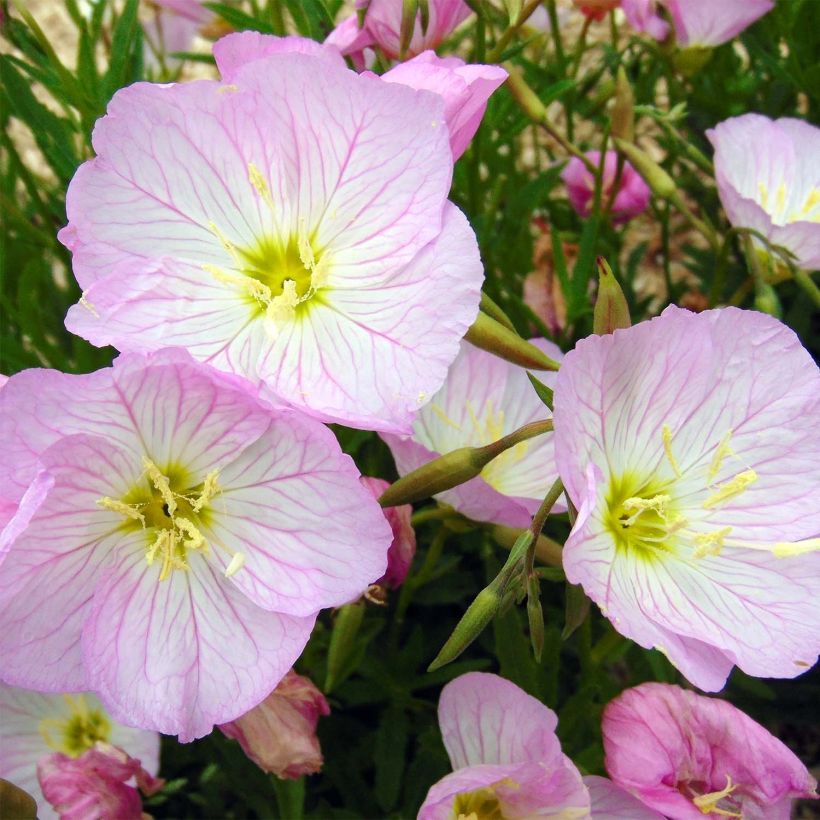

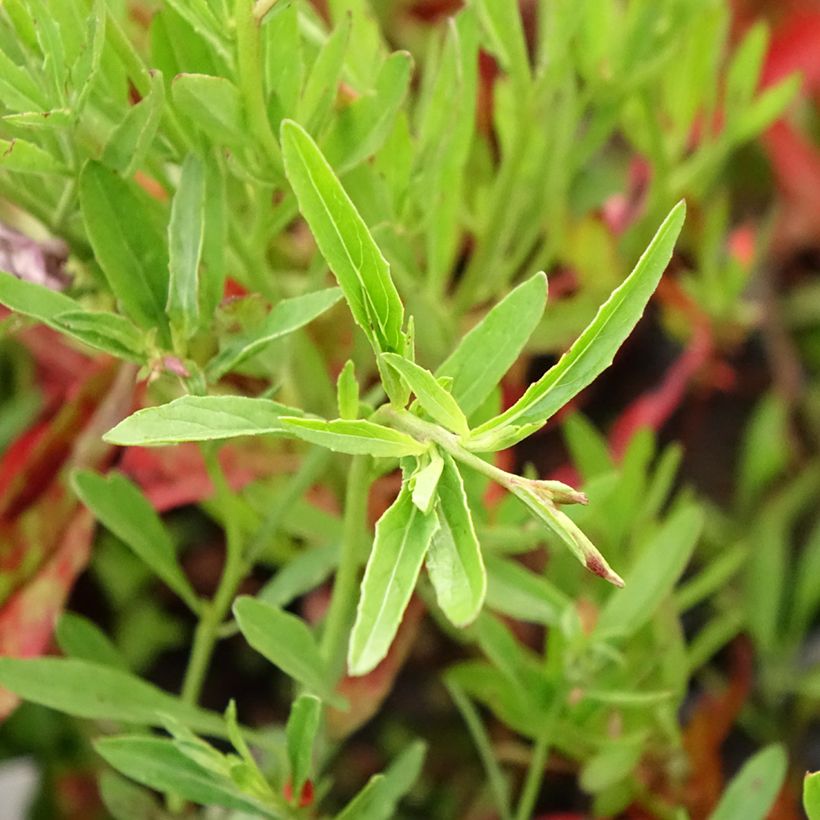

Flowering
Foliage
Plant habit
Botanical data
Oenothera
speciosa
Siskiyou
Onagraceae
Pink evening Primrose, Showy evening Primrose, Mexican Primrose
Cultivar or hybrid
Other Perennials A to Z
Planting and care
Be careful not to bend the taproot of Oenothera speciosa 'Siskiyou' when planting. This plant is very hardy and easy to grow in full sun in any poor, sandy or rocky, limestone soil, but it struggles in heavy and rich soil or in a wet winter region. It dislikes soils that retain moisture in winter, as this can cause root rot. If you take the care to cut the flower stems after flowering, the plant will produce new rosette foliage close to the ground, covering the soil well until the frosts come.
Planting period
Intended location
Care
-
, onOrder confirmed
Reply from on Promesse de fleurs
Summer flowering perennials
Haven't found what you were looking for?
Hardiness is the lowest winter temperature a plant can endure without suffering serious damage or even dying. However, hardiness is affected by location (a sheltered area, such as a patio), protection (winter cover) and soil type (hardiness is improved by well-drained soil).

Photo Sharing Terms & Conditions
In order to encourage gardeners to interact and share their experiences, Promesse de fleurs offers various media enabling content to be uploaded onto its Site - in particular via the ‘Photo sharing’ module.
The User agrees to refrain from:
- Posting any content that is illegal, prejudicial, insulting, racist, inciteful to hatred, revisionist, contrary to public decency, that infringes on privacy or on the privacy rights of third parties, in particular the publicity rights of persons and goods, intellectual property rights, or the right to privacy.
- Submitting content on behalf of a third party;
- Impersonate the identity of a third party and/or publish any personal information about a third party;
In general, the User undertakes to refrain from any unethical behaviour.
All Content (in particular text, comments, files, images, photos, videos, creative works, etc.), which may be subject to property or intellectual property rights, image or other private rights, shall remain the property of the User, subject to the limited rights granted by the terms of the licence granted by Promesse de fleurs as stated below. Users are at liberty to publish or not to publish such Content on the Site, notably via the ‘Photo Sharing’ facility, and accept that this Content shall be made public and freely accessible, notably on the Internet.
Users further acknowledge, undertake to have ,and guarantee that they hold all necessary rights and permissions to publish such material on the Site, in particular with regard to the legislation in force pertaining to any privacy, property, intellectual property, image, or contractual rights, or rights of any other nature. By publishing such Content on the Site, Users acknowledge accepting full liability as publishers of the Content within the meaning of the law, and grant Promesse de fleurs, free of charge, an inclusive, worldwide licence for the said Content for the entire duration of its publication, including all reproduction, representation, up/downloading, displaying, performing, transmission, and storage rights.
Users also grant permission for their name to be linked to the Content and accept that this link may not always be made available.
By engaging in posting material, Users consent to their Content becoming automatically accessible on the Internet, in particular on other sites and/or blogs and/or web pages of the Promesse de fleurs site, including in particular social pages and the Promesse de fleurs catalogue.
Users may secure the removal of entrusted content free of charge by issuing a simple request via our contact form.
The flowering period indicated on our website applies to countries and regions located in USDA zone 8 (France, the United Kingdom, Ireland, the Netherlands, etc.)
It will vary according to where you live:
- In zones 9 to 10 (Italy, Spain, Greece, etc.), flowering will occur about 2 to 4 weeks earlier.
- In zones 6 to 7 (Germany, Poland, Slovenia, and lower mountainous regions), flowering will be delayed by 2 to 3 weeks.
- In zone 5 (Central Europe, Scandinavia), blooming will be delayed by 3 to 5 weeks.
In temperate climates, pruning of spring-flowering shrubs (forsythia, spireas, etc.) should be done just after flowering.
Pruning of summer-flowering shrubs (Indian Lilac, Perovskia, etc.) can be done in winter or spring.
In cold regions as well as with frost-sensitive plants, avoid pruning too early when severe frosts may still occur.
The planting period indicated on our website applies to countries and regions located in USDA zone 8 (France, United Kingdom, Ireland, Netherlands).
It will vary according to where you live:
- In Mediterranean zones (Marseille, Madrid, Milan, etc.), autumn and winter are the best planting periods.
- In continental zones (Strasbourg, Munich, Vienna, etc.), delay planting by 2 to 3 weeks in spring and bring it forward by 2 to 4 weeks in autumn.
- In mountainous regions (the Alps, Pyrenees, Carpathians, etc.), it is best to plant in late spring (May-June) or late summer (August-September).
The harvesting period indicated on our website applies to countries and regions in USDA zone 8 (France, England, Ireland, the Netherlands).
In colder areas (Scandinavia, Poland, Austria...) fruit and vegetable harvests are likely to be delayed by 3-4 weeks.
In warmer areas (Italy, Spain, Greece, etc.), harvesting will probably take place earlier, depending on weather conditions.
The sowing periods indicated on our website apply to countries and regions within USDA Zone 8 (France, UK, Ireland, Netherlands).
In colder areas (Scandinavia, Poland, Austria...), delay any outdoor sowing by 3-4 weeks, or sow under glass.
In warmer climes (Italy, Spain, Greece, etc.), bring outdoor sowing forward by a few weeks.



































